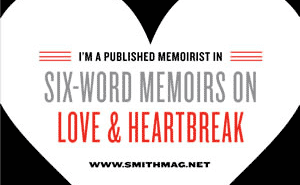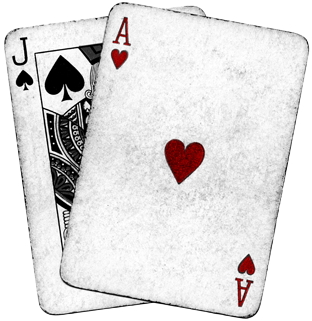The prefix “poly” means “two or more”. Strictly speaking, from an English teacher’s point of view, a “polyrhythm” is the systematic exploitation of two ore more rhythms performed simultaneously.
The definition above makes all music consisting of two (or more) different rhythmic lines, in fact polyrhythmic. Thus, the next example is (according to the above definition) is polyrhythmic:

However, from a rhythmist’s point of view, this is NOT what we would consider a polyrhythm. There’s a little more to it than that.
Keep in mind:
First: To qualify as a polyrhythm, the contributing rhythms should be chosen such that the numbers denoting their rhythmic relation, are relatively prime to each other.
Second: If the sum of two (or more) simultaneously sounding rhythms results in a subdivision of the beat that is not present in either of the constituting rhythms, we call this resultant rhythm polyrhythmic.
And last but not least: Two different rhythmic patterns do not result in a polyrhythm (when played simultaneously), if and only if one of those rhythms can be contained in the subdivision of the beat that is implied by the other rhythm.
In English: A polyrhythm is composed of two or more independent patterns in which their subdivisions have no prime mathematical relation to the subdivisions of their accompanying rhythms. One analogy that I have always used is to imagine a rhythmic pattern as a pie that can be cut into equal slices (i.e. 3, 4, 5, 7, etc.) These slices are the “subdivisions” of the pie. A polyrhythm can be thought of as two or more pies in which each pie has a different amount of equal slices (i.e. a pie cut into thirds combined with a pie sliced in half would collectively constitute a “three against two” polyrhythm, but a pie cut into thirds combined with a pie cut into sixths would NOT constitute a polyrhythm, as six is divisible by three.)
This is a polyrhythm:

One major point to think about is that to qualify as a polyrhythm, the two constituting rhythms should be clearly heard and felt as separate rhythms, each with their own properties. If I were to play example 2 on two snare drums with the same pitch and the same loudness, it would sound like one rhythm, being the sum of the two parts! But it is no longer a polyrhythm (unless you put the two players far apart).
Another:

Now some complicated examples: This example is clearly a polyrhythm: the top line has a rhythm based on a group of 4 notes, the bottom line has a rhythm based on a group of 3 notes. 3 and 4 are relatively prime to each other, hence it’s a polyrhythm.

Now let’s change this rhythm a little bit so that it becomes:

Is this still a polyrhythm or not?
If we look more closely to the subdivision for this example, we see that the rhythm on the first quarter is based on a group of twelve notes:

The bottom rhythm didn’t change, so we have a group of 12 and a group of 3, which are not relatively prime and hence this is no longer a polyrhythm. As a matter of fact, the rhythm on the first quarter (of example 7) sounds like a 3/8 bar, regularly divided in three groups of 4!
Remember:
To be a polyrhythm, two rhythms (at least) are needed to form this polyrhythm, and these two rhythms: 1. should be based on relatively prime subdivisions 2. should be clearly distinct from one another *Both conditions must be met at the same time.
Here is another interesting polyrhythmic example:

To see how close the two rhythms really are, lets set up the minimum subdivision of the beat that includes all notes:

The accented notes denote the rhythm from example 9. The sixteenth note and the 2nd note of the quarter note triplet, differ only by 1/48 note! What’s that? A 1/48 note? Yes that’s another way of giving a name to a 32nd triplet! For the same reason I often call 8th note triplets 12th notes! (And quarter note triplets 1/6 notes). This gives rise to some very interesting time signature changes! Play four bars of 4/4 time alternated with two bars of 4/6 time. Or try this: two bars each of 4/4 – 4/5 – 4/6 – 4/7 -4/8.
If you experiment with this a little, you’re sure to come up with some interesting material. Give it a try!
A favorite:

For more excellent information on the polyrhythms, check out “Musician’s Guide to Polyrhythms” by Peter Magadini. Originally in two volumes, this masterpiece was acclaimed the world over and named one of The Great Drum Books” by Modern Drummer magazine. Written for instrumentalists and vocalists alike, “MGTP” combines the material from both volumes and includes solos and exercises that feature polyrhythmic concepts with a supplemental audio tape. Topics covered include:
Rhythmic Ratios
6 over 4
7 over 4
3 over 4
11 over 4
13 over 4
Combining Various Polyrhythms
Polyrhythmic Time Signatures
Classic book, good reading. Check it out. Also check out my old Pre-Web MIDI Polyrhythms Project from 1993. I dusted it off and posted it here.










Comments on this entry are closed.